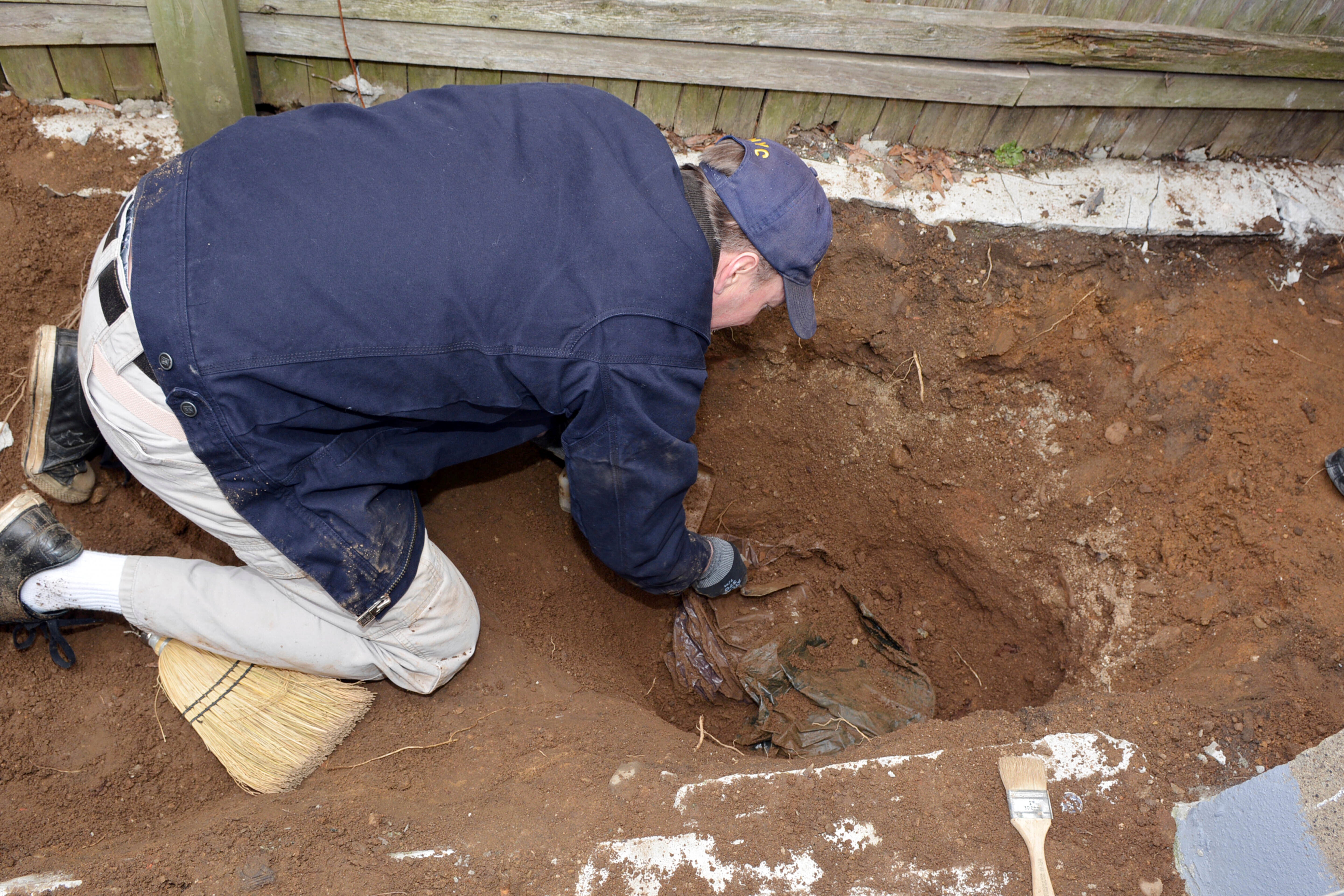Barber, 75, pleads guilty in 1976 killing of WWI veteran
A 75-year-old New York City man has pleaded guilty to manslaughter in the 1976 killing of a World War I veteran

A 75-year-old New York City man pleaded guilty to manslaughter in the 1976 killing of a World War I veteran whose dismembered remains were found in 2019.
Martin Motta's guilty plea Tuesday in the death of George Seitz represented the first successful use of genetic genealogy by any of the city's prosecutors, Queens District Attorney Melinda Katz said. Seitz had been a customer at the Queens barbershop where Motta worked.
“No matter how much time has passed, we will use every tool at our disposal to achieve justice,” Katz said in a news release.
The disappearance of Seitz, a World War I veteran who was then 81 years old, remained a mystery for decades until a tipster led police to a backyard where dismembered body parts were buried under concrete.
Initially, a DNA profile of the remains failed to lead to an identification, but advanced efforts by a private lab in February 2021 led to a genealogical profile that FBI investigators were able to use to identify the victim as Seitz, Katz said.
Seitz was last seen leaving his home to get a haircut on Dec. 10, 1976, authorities said. Investigators determined that Motta robbed Seitz, a regular customer, of about $8,000 in cash, stabbed him to death and hacked the body to pieces.
Katz said the investigation included multiple witness interviews and a records search that spanned five states.
The witnesses included a woman who had watched in horror as Motta cut Seitz's body up inside the barbershop, a spokesperson for the district attorney said. The woman, now in her 50s, was then a 10-year-old girl whose mother was dating Motta.
Motta faces 20 years in prison when he is sentenced on Nov. 7. Motta's attorney did not immediately return a message seeking comment on Wednesday.
Genetic genealogy is the practice of entering a DNA profile into a public genealogy database to find relatives. In recent years, it has emerged as a powerful tool for identifying suspects who leave DNA behind at a crime scene; investigators can use it to construct a family tree that leads them to an otherwise unknown suspect.